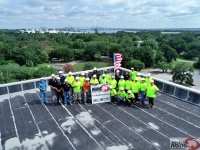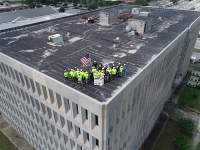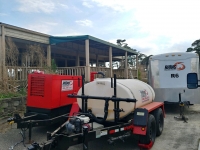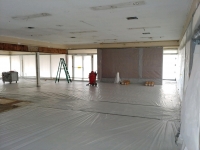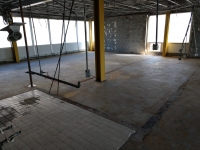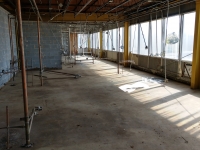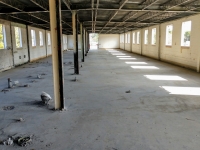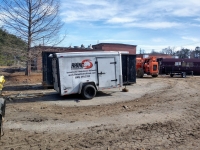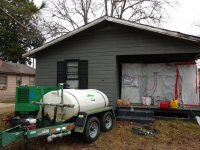Asbestos is a mineral fiber that has been used commonly in a variety of building construction materials for insulation and as fire-retardant. Because of its fiber strength and heat resistant properties, asbestos has been used for a wide range of manufactured goods, mostly in building materials until about the 1970s. When asbestos-containing materials are damaged or disturbed by improper repair, remodeling, or demolition activities, microscopic fibers become airborne and can be inhaled into the lungs, where they can cause significant health problems.
Some health hazards that are caused from asbestos fibers are Lung Cancer (risk is greatly increased when combined with smoking), Asbestosis (irreversible scarring of the lungs), and Mesothelioma (cancer of the chest and abdominal linings). The symptoms of these diseases do not usually appear until about 20 to 30 years after the first exposure to asbestos.
The following are examples where asbestos can be found in building materials:
- Sprayed coating and lagging – ex. insulation of pipe
- Sprayed fire proofing – fire protection
- Insulation boards – used for fire protection, thermal insulation
- Asbestos cement products – roofing and wall cladding, transite siding
- Texture coating – ceiling and wall texture, acoustical support
- Asbestos board/paper products in electrical equipment
- Flooring – ex. Floor tile and mastic, linoleum, leveling compound
- Thermal System Insulation (TSI) – ex. pipe and boiler insulation
- Asbestos sheetrock and joint compound
- Roofing – ex. shingles, flashing, and mastics
Rhino has been a forerunner in the field of Asbestos Abatement for many years. Our determination to ensure that all clients receive the proper handling of their abatement project has been the backbone for the success of Rhino Demolition. We are committed to protecting our employees, clients, and the environment. This includes strict adherence to OSHA, EPA, and DOT regulations.
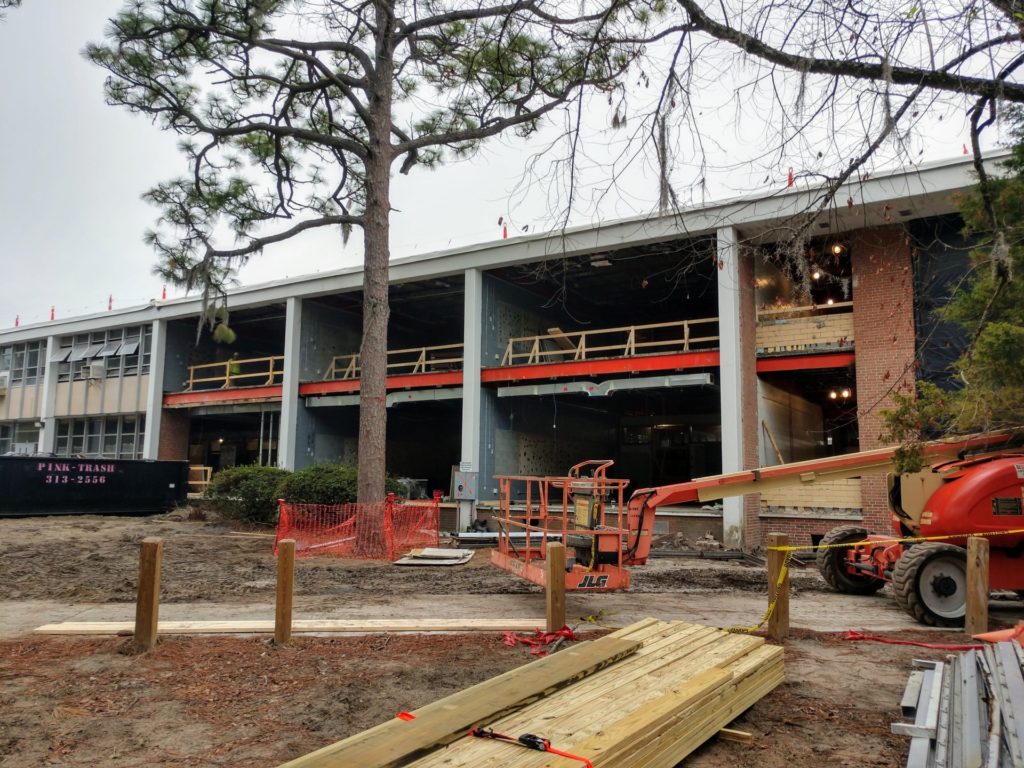
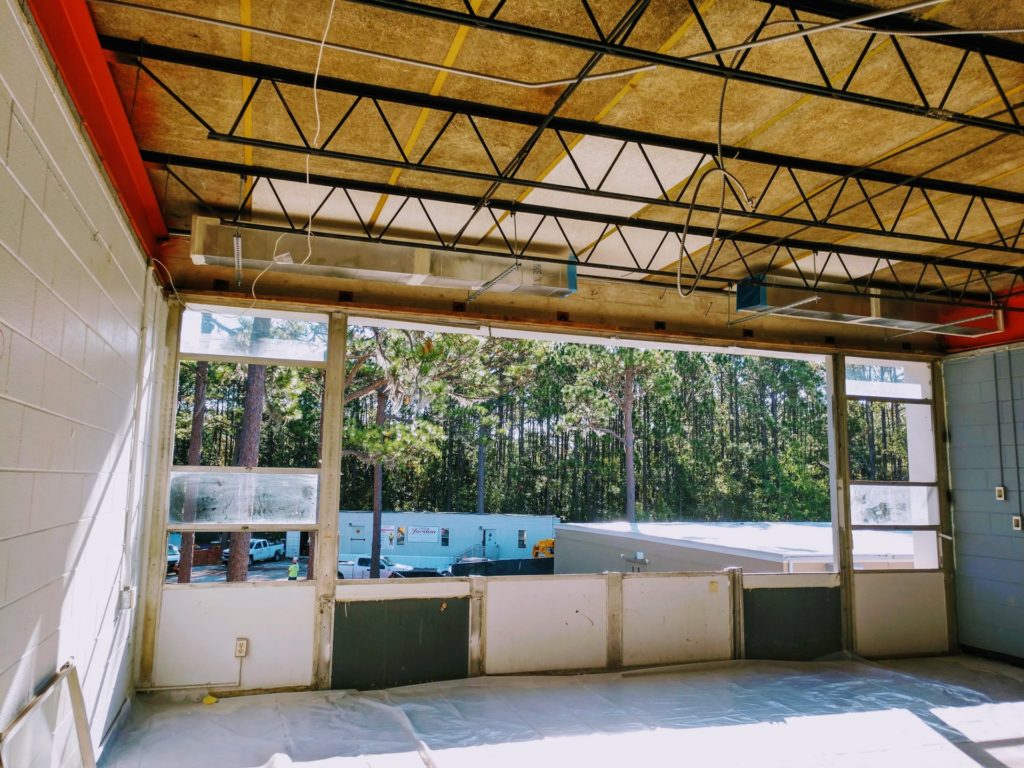
Ask any owner or general contractor who has had the misfortune to deal with an inexperienced, unsafe, unreliable or under-capitalized Asbestos Abatement contractor if there is a difference. Rhino Demolition & Environmental Services, Corp. promises to deliver the best abatement value with experienced personnel, safe practices, dependable performance and prompt payment of subcontractors and suppliers, often before we get paid. Though for cost reasons on smaller projects we do not typically furnish payment and performance bonds, but the fact that we are bondable speaks volumes about our financial strength and successful track record over many years.
You will need to contact an Industrial Hygienist (I.H.) who will come to your home to take some samples and evaluate if you have asbestos and they will complete a report. This report will indicate if you have asbestos, where and how much. After you have this report, please call Rhino and we will set up an appointment to come to your home. We will need to have a copy of the report. From this point, we will be able to review the quantities and be able to provide you with a quote, usually within 24-48 hours. You must have the asbestos report before Rhino can provide you a proposal with the quote.
Yes, all Rhino employees who do asbestos work in NC and SC carry a valid current asbestos license for those states.
We would need to get a copy of the asbestos survey and a letter from you (or owner representative) stating what the emergency is, how it became an emergency and how it is affecting day to day operations that would require an emergency abatement. We would fax this letter to DHEC along with the permit application for approval. There is no guarantee that it will be approved as an emergency abatement.
After Rhino has received a signed proposal or contract, we will submit the permit application (usually within business days of receipt of proposal or contract). The waiting period clock starts on the day the application permit is postmarked. See table below for wait times:
| Asbestos Quantities | Friable Waiting Period | Non-Friable Waiting Period |
|---|---|---|
| Under 25 SF Under 25 LF Under 25 CF | 2 Business Days | None |
| 25 – 159 SF 25 – 259 LF 10 – 34 CF | 4 Business Days | None |
| 160 SF and above 260 LF and above 35 CF and above | 10 Business Days | 4 Business Days |
When preparing for asbestos abatement, it is important to determine if asbestos-containing materials (ACMs) are friable or non-friable because they are dealt with differently. The determination of friable or non-friable dictates which removal procedures, asbestos disposal techniques, and safety methods will be used, as regulated by the U.S. Environmental Protection Agency (EPA). Friability is the degree to which a solid substance can be broken up into smaller pieces with a minimum effort. In the case of asbestos, friable usually refers to whether the material can be broken down by a human hand.
Friable asbestos materials are the ones that are most dangerous. They easily release fibers into the air, and these fibers pose a significant health risk to anyone nearby.
Non-friable asbestos, on the other hand, is less likely to release fibers because the fibers are bound or locked into place. Non-friable asbestos is still a health risk, as it can be made friable if damaged or altered.


